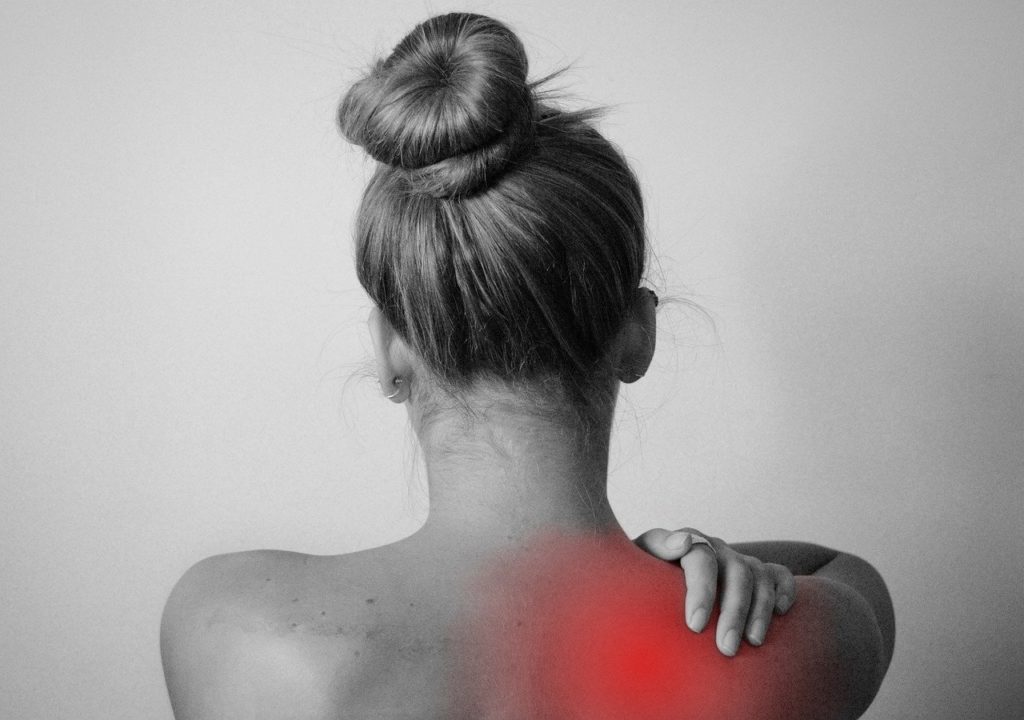
Have you ever had an experience that has upset you? Or felt anxious about an upcoming academic or medical test or procedure? Or felt stressed about a loved one’s health or the COVID-19 pandemic? If you’re like most of us, the answer is yes, yes, and yes. And you are not alone!
Like you, I’ve experienced those feelings many, many times. After an upsetting experience, I might find myself feeling agitated for several hours. I may feel uneasy or worried for several days preceding a medical exam or procedure. And the stress of the pandemic has become a constant, always in the background and often front and center.
Among the many stress management tools available, I have found the Pyramid and Parallel Breath meditations to be particularly helpful because they are both so effective and, once learned, are easy and don’t take a lot of time to do.
I first experienced both meditations while taking a Zero Balancing (ZB) class. The ZB class started, and still starts, each day with creating a Pyramid and breathing Parallel Breaths. Sitting quietly and guided by the teacher, these meditations helped me feel more present, attentive and enlivened, which enhanced my class experience and made learning easier and lots of fun. I’ve often had helpful insights about myself or my Zero Balancing practice during these meditation sessions. Once I learned how to do these meditations, I realized I could use them on my own outside of class, individually or together, to help me in a number of different situations.
For example, the Parallel Breath meditation helped me many years ago when I worked as a Home Care Physical Therapist. I had been assigned a new patient and was to begin his treatment in his home. About 5 minutes into the Physical Therapy evaluation process, I asked him if he had any pain. This was a standard question asked of all new patients. In response, he began to yell at me. He got up and walked through his house for about 15 minutes, screaming at me the whole time about his dissatisfaction with his prior medical care. While I knew his anger wasn’t personal and my heart went out to him for his frustration and pain, it was very upsetting to be on the receiving end of all that rage. I was still shaken when I returned to my car. My next patient appointment was in 15 minutes and I needed to compose myself. So I sat there in my car and breathed Parallel Breaths for about 3 minutes. It helped me to quiet and organize myself internally so I could drive safely and be professional, calm and caring with my next patient.
The everyday usefulness of the Pyramid meditation was demonstrated many years ago when I taught a course on Complementary Medicine to graduate Physical Therapy and Nursing students at Simmons College in Boston, MA. Because the 3-hour lecture took place at 5pm on Wednesday evenings, the students in these arduous training programs usually arrived tired from a long day in the middle of a week of long days. I began each class with a Pyramid meditation. As we moved through the meditation, I could feel the environment in the room shift. Many students told me how much they looked forward to the meditation each week, how it calmed and focussed them, and especially helped them midweek. One of the students shared that when she spent her weekends at her parents’ small, family-filled, noisy city apartment, she created a pyramid over her desk to help her focus on her studies. And it worked!
I also use the Pyramid meditation when I’m hoping an upcoming event will go smoothly or successfully. I create a pyramid over my experience prior to travelling, either the night before or the morning of. I invite in all those things I think would be helpful, such as a well-rested and alert airplane pilot, kind fellow passengers, a smooth experience going through security, arriving at my destination with all my luggage. Likewise, I create a pyramid over my Zero Balancing class the night before I teach as well as before the ZB classes I take. I’ve created pyramids for friends, family, students and clients, at their request, prior to surgeries, medical procedures, the GMATs, whatever they may feel anxious about.
Would all these events go smoothly without a pyramid meditation? I don’t know. I do know that creating a pyramid in these instances helped me to feel better in the moment, conveyed my caring in a concrete way to others, and most often, the desired outcomes occurred. As my grandmother used to say…”It couldn’t hurt!”
Are you curious to experience a pyramid and parallel breath meditation? Information about weekly live guided meditations as well as recordings of past meditations are here. Join us!


